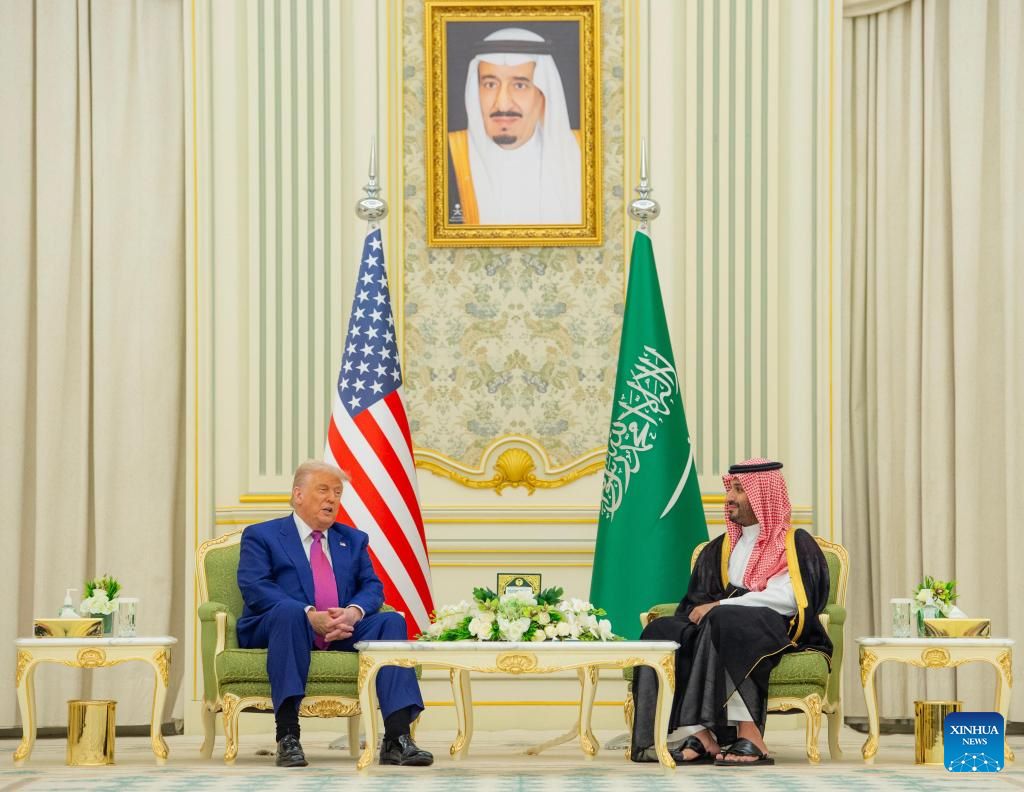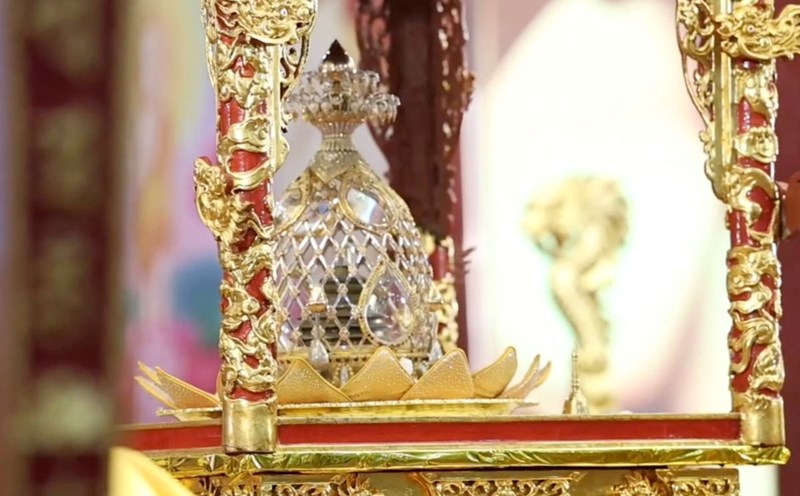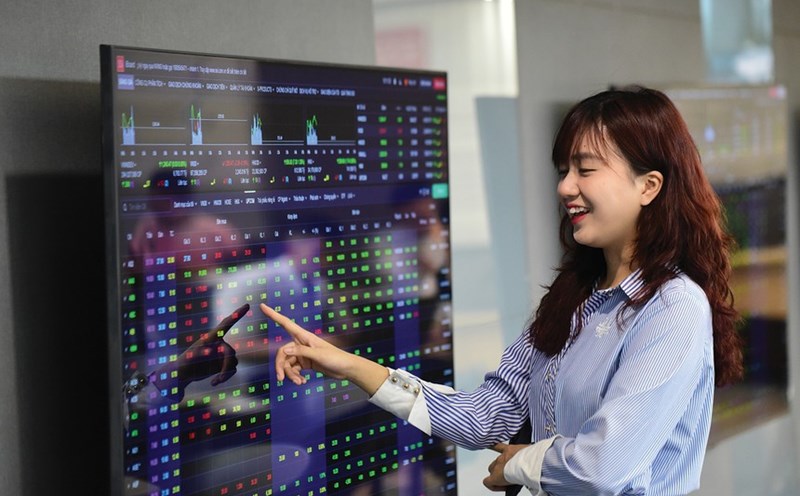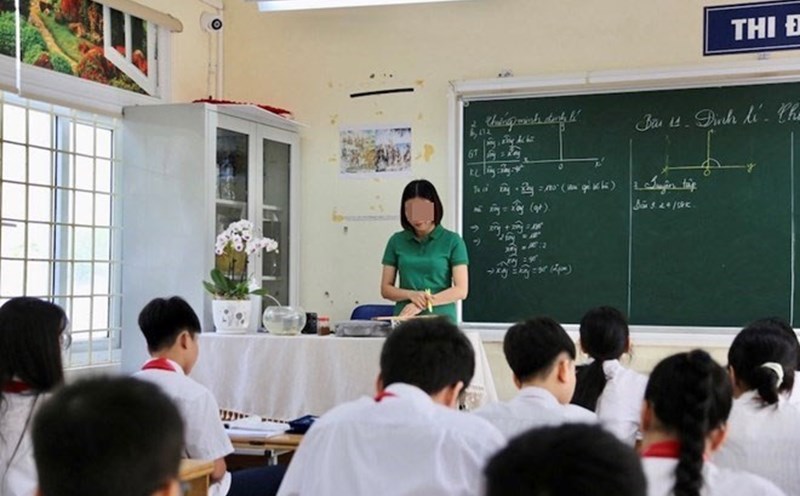During his first overseas trip since taking office for his second term, US President Donald Trump signed a strategic economic partnership of up to $600 billion with Saudi Arabian Prince Mohammed bin Salman.
This is considered one of the largest bilateral cooperation packages ever, spanning from energy, defense, mining, space technology to... art and animals.
At the signing ceremony held in Riyadh on May 13, Mr. Trump declared: "This deal could create up to 2 million jobs for the American people". The two sides have reached about a dozen memorandums of understanding and letters expressing their intentions, paving the way for a series of large-scale investment projects in the coming time.
According to the White House, this huge investment marks Saudi Arabia's long-term strategic commitment to the US economy, and is expected to connect the two countries "over many generations".

The highlight of the deal was the $142 billion defense procurement package, called the largest arms trafficking contract in US history. This package includes advanced combat equipment, upgraded air force capabilities, missile defense, maritime and border protection and comprehensive modernization of Saudi Arabia's military forces.
The deal will be completed this fall and will have the participation of more than a dozen of the top defense corporations in the US.
In addition to the military sector, the agreement also recognizes strong cooperation in high-tech industries. Saudi DataVolt has committed to investing $20 billion in AI data centers and energy infrastructure in the US.
In addition, a coalition of Google, Oracle, Salesforce, AMD, Uber and DataVolt will jointly launch an $80 billion investment in breakthrough transformation technology for both countries.
In addition to the usual strategic areas, the agreement also revealed cultural - conservation surprises. An artistic cooperation agreement between Saudi Arabia and the Asian Museum of Art under the Smithsonian Institute (USA) has been signed, showing signs of expanding "soft" cooperation between the two cultures.
In particular, another agreement was also signed between Riyadh and the Smithsonian National Zoo and the Conservation Biology Center - which was not announced before the visit, making many curious about the long-term goals in the fields of ecology, conservation or scientific tourism between the two countries.
With its huge value and multi-sectoral coverage, this deal not only strengthens the US-S Saudi Arabia strategic alliance but also shows a clear shift in the approach of the Donald Trump administration: putting economic interests and national security first, but not ignoring cultural factors and soft influences.
In the context of the world reshaping power axes and economic and security alliances, this $600 billion handshake will certainly continue to create momentum in the coming months. The US can sell weapons, receive money, and create jobs, while Saudi Arabia has increased its influence and comprehensively modernized. But with strange details like the Smithsonian and the zoo, this could be a long-term, multi-layered strategy, more than just a surface number.










